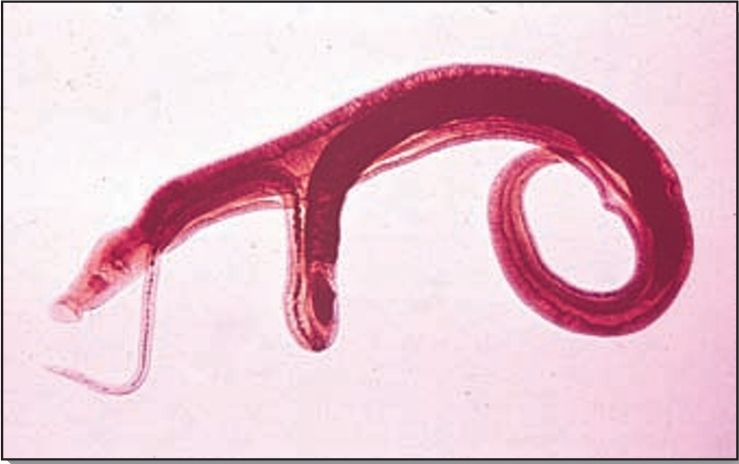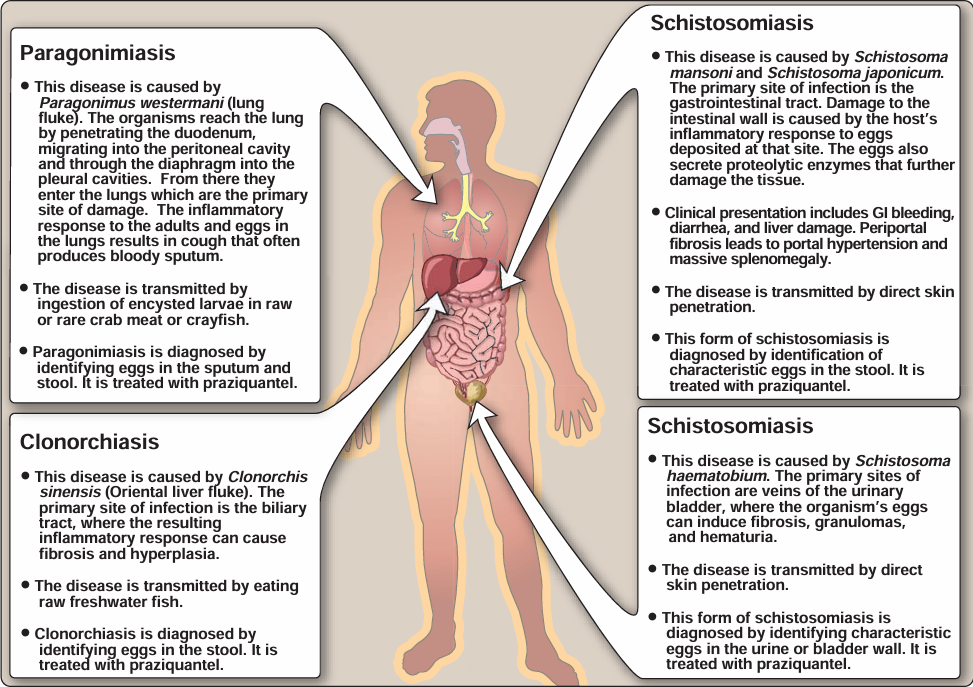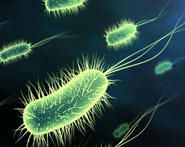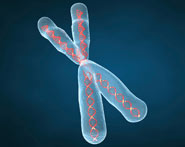


 النبات
النبات
 الحيوان
الحيوان
 الأحياء المجهرية
الأحياء المجهرية
 علم الأمراض
علم الأمراض
 التقانة الإحيائية
التقانة الإحيائية
 التقنية الحيوية المكروبية
التقنية الحيوية المكروبية
 التقنية الحياتية النانوية
التقنية الحياتية النانوية
 علم الأجنة
علم الأجنة
 الأحياء الجزيئي
الأحياء الجزيئي
 علم وظائف الأعضاء
علم وظائف الأعضاء
 الغدد
الغدد
 المضادات الحيوية
المضادات الحيوية|
Read More
Date: 2025-01-01
Date: 2025-01-23
Date: 28-10-2015
|
Trematodes, commonly called flukes, are small (about 1 cm), flat, leaf-like worms that, depending on the species, infest various organs of the human host (for example, intestinal veins, urinary bladder, liver, or lung). All parasitic trematodes use freshwater snails as an intermediate host.
A. Hermaphroditic flukes
Developmental events in the life cycle of a typical fluke begin when the adult fluke, which is hermaphroditic, produces eggs in the human (the definitive host). The eggs are then excreted into the environment. The first larval stage (miracidium) develops inside the eggs. These larvae seek out and infect suitable snail species, which are the first intermediate host. In the snail, asexual reproduction occurs, during which several intermediate developmental forms can be distinguished, including sporocyst; redia (an early larval stage); and, eventually, large numbers of the final larval stage, called cercariae, which leave the snail and seek out a second intermediate host (a fish or crustacean, depending on the species of fluke). In this second intermediate host, the cercariae form cysts called metacercariae that can remain viable indefinitely. Finally, if the infected raw or undercooked fish or crustacean is eaten by a human, the metacercaria excysts (emerges from cysts), and the fluke invades tissues such as the lung or the liver and begins producing eggs, thus completing the life cycle.
B. Sexual flukes (schistosomes)
The life cycle of schistosomes is similar to that of hermaphroditic flukes. One difference is that schistosomes have only one intermediate host, the snail. Another difference is that schistosomiasis is not acquired by ingestion of contaminated food, but rather from schistosome cercariae directly penetrating the skin of waders or swimmers in contaminated rivers and lakes. After dissemination and development in the human host, adult schistosomes take up residence in various abdominal veins, depending on the species and are, there fore, called “blood flukes.” Also in contrast to the “typical” hermaphroditic flukes described above, schistosomes have separate, distinctive sexes. A remarkable anatomic feature is the long groove or schist on the ventral surface of the large male in which the smaller female resides and continuously mates with the male (Figure 1).

FIG1. Male schistosome has a long groove in which the smaller female resides and continuously mates with the male
This mating takes place in the human liver. Fertilized eggs penetrate the human host’s vascular walls and enter the intestine or bladder, emerging from the body in feces or urine. In fresh water, the organ isms infect snails in which they multiply, producing cercariae (the final, free-swimming larval stage), which are released into the fresh water to complete the cycle. Characteristics of clinically important trematodes are summarized in Figure 2.

FIG2. Characteristics and therapy for commonly encountered trematode infections.



|
|
|
|
بـ3 خطوات بسيطة.. كيف تحقق الجسم المثالي؟
|
|
|
|
|
|
|
دماغك يكشف أسرارك..علماء يتنبأون بمفاجآتك قبل أن تشعر بها!
|
|
|
|
|
|
|
لمجمع العلمي يقيم دورات ومحافل لتعزيز الثقافة القرآنية ونشر تعاليمها
|
|
|